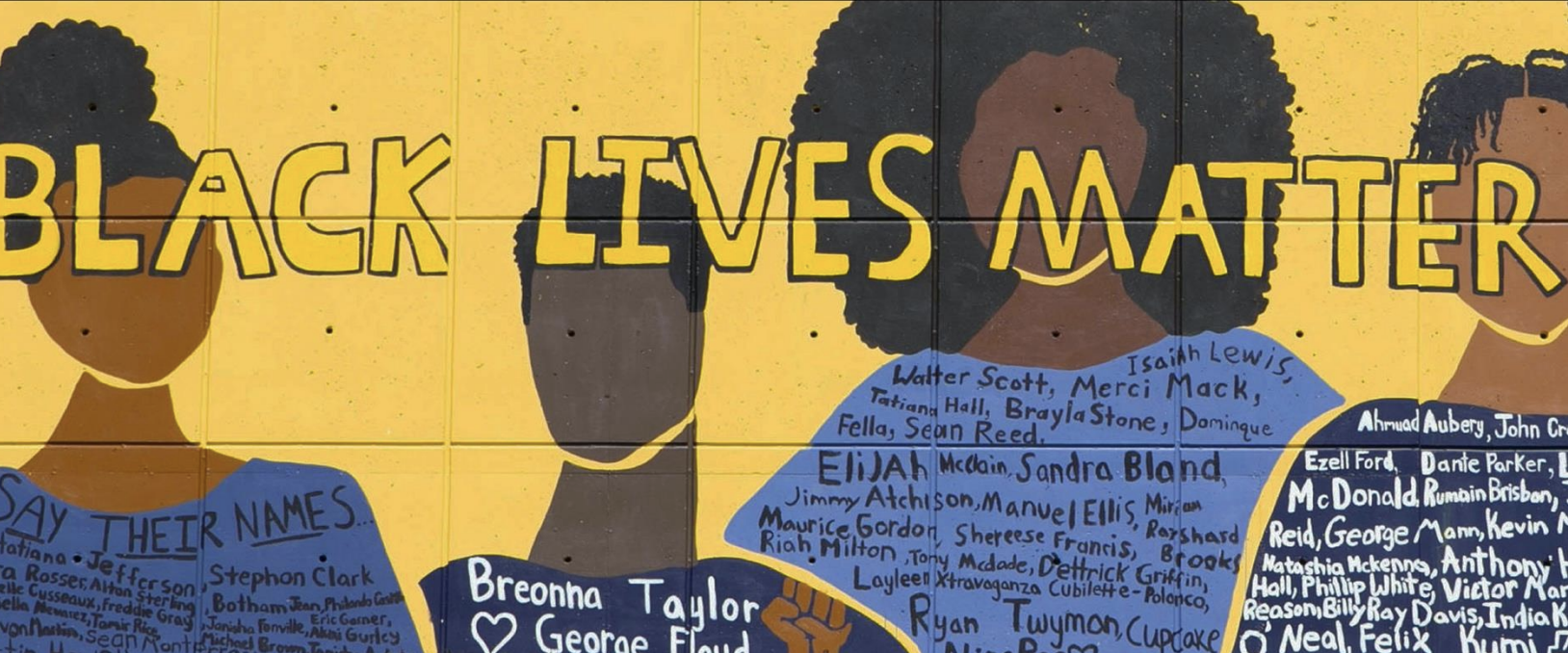The Beacon: 2021

A Letter from the Editor, Lilla Carrol
I, like many of my peers, spent the summer before this school year living at the intersection of extensive political protest and the distant knowledge that a return to school life was fast approaching. The latter felt impossible. Months of working against police brutality and navigating global uprising in an increasingly virus-stricken world had made me a different person—older, smarter, louder. It was not until a handful of my classmates and I came together to lead a series of student panels responding to the murders of George Floyd and Breonna Taylor that I realized Altamont had changed, too. Through our clumsy first attempts at virtual conversation, I came to know a student body that was brimming with emotion, questions, and profound experience. My community, though sore from the constant labor of loss, was full of intention and a visibly strengthened need to connect with one another. When I was later approached with a blueprint for the first edition of the Beacon, along with its theme of racial protest, I thought back to those discussions and the wealth of ideas that they’d given space to.
A student journal was a clear next step, but what attracted me most to this project was its emphasis on diversity of form. An essential step in uplifting student voices is returning power to any and all forms of expression; it is acknowledging that part of allowing someone to speak is giving them room to do so however they see fit. This has been the guiding thought behind my involvement as both an editor and a student writer with the Beacon. The journal’s open acceptance of creative and academic variety brought forward a striking collection of poetry, philosophy, photography, visual art and film, all tangible glimpses into the rising depth of our student body. Though as a senior, this first edition will be my last, I feel strongly that the works we have compiled altogether punctuate the individual experiences that continue to found collective growth in our community.
Submissions
Below you'll find the contents of this year's Beacon.